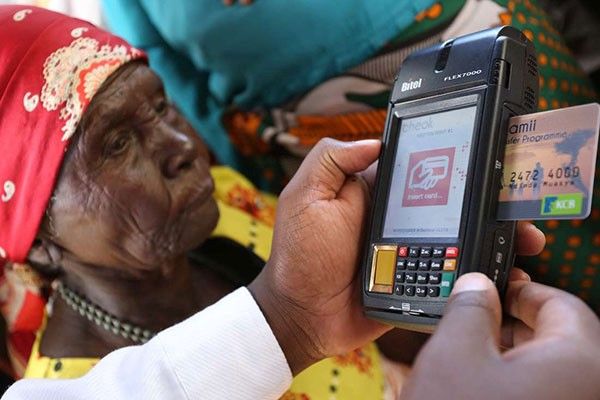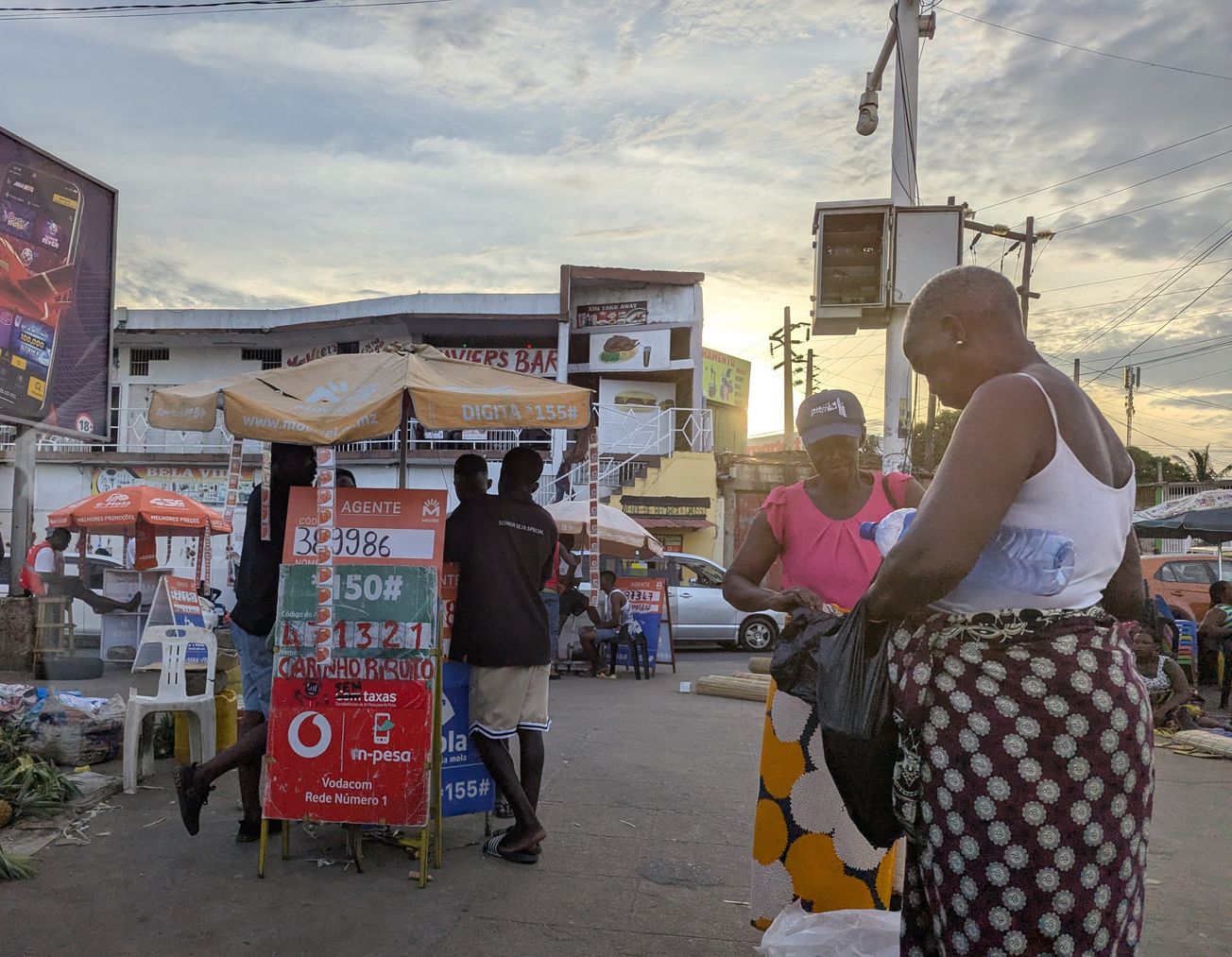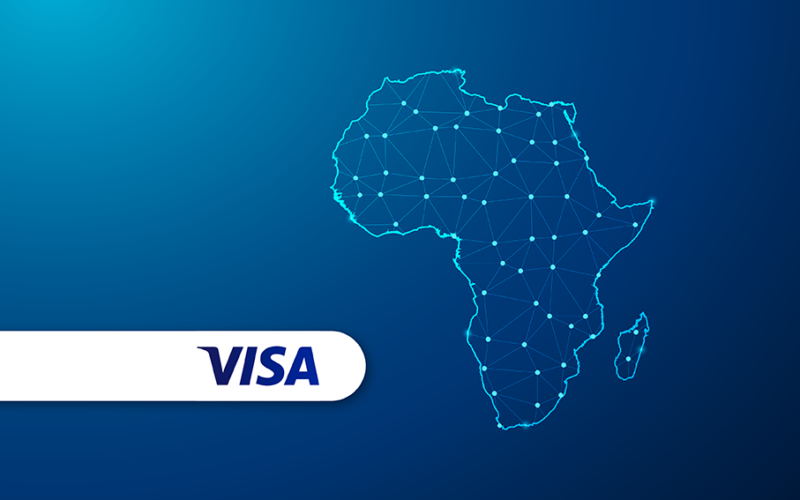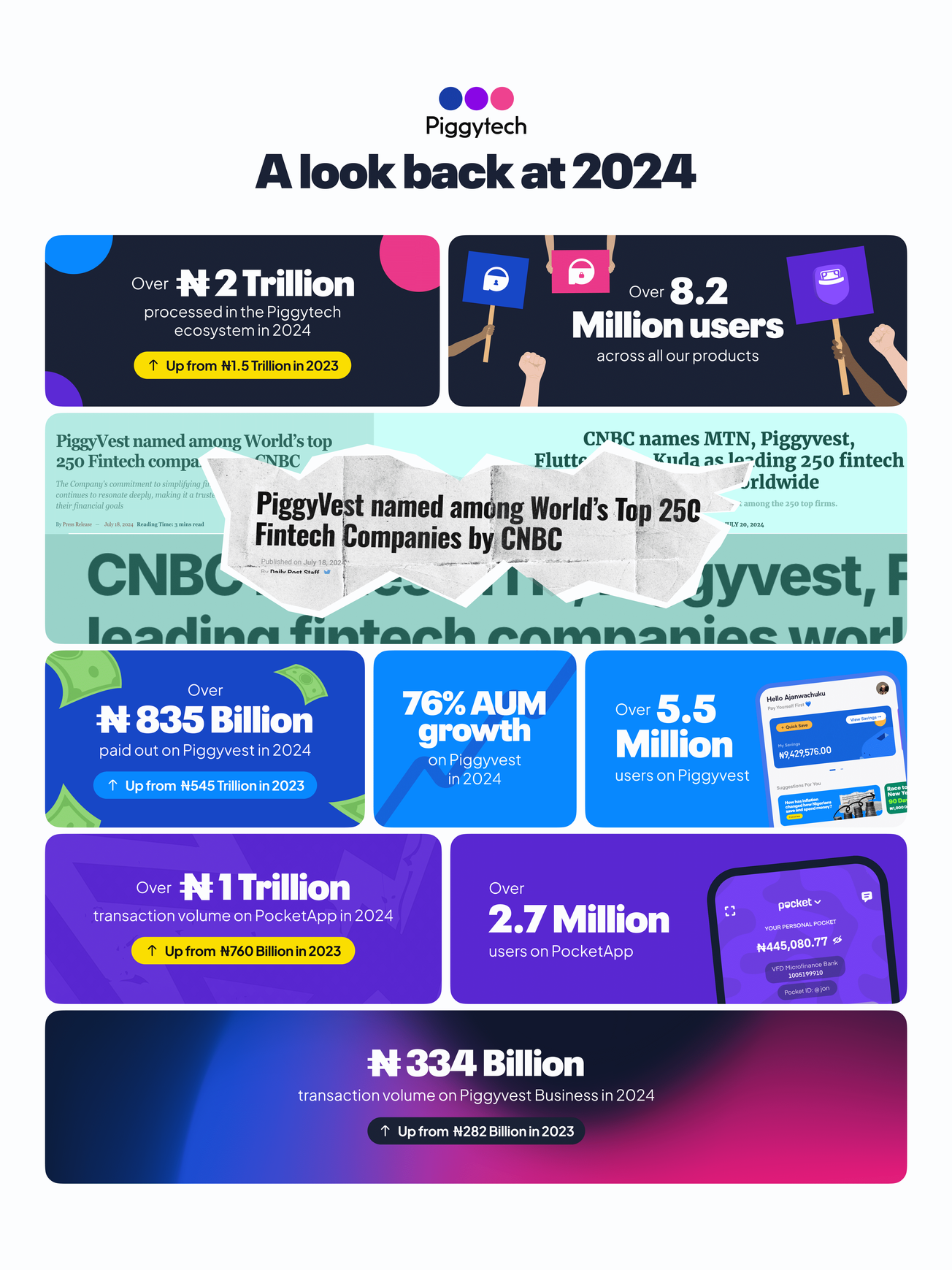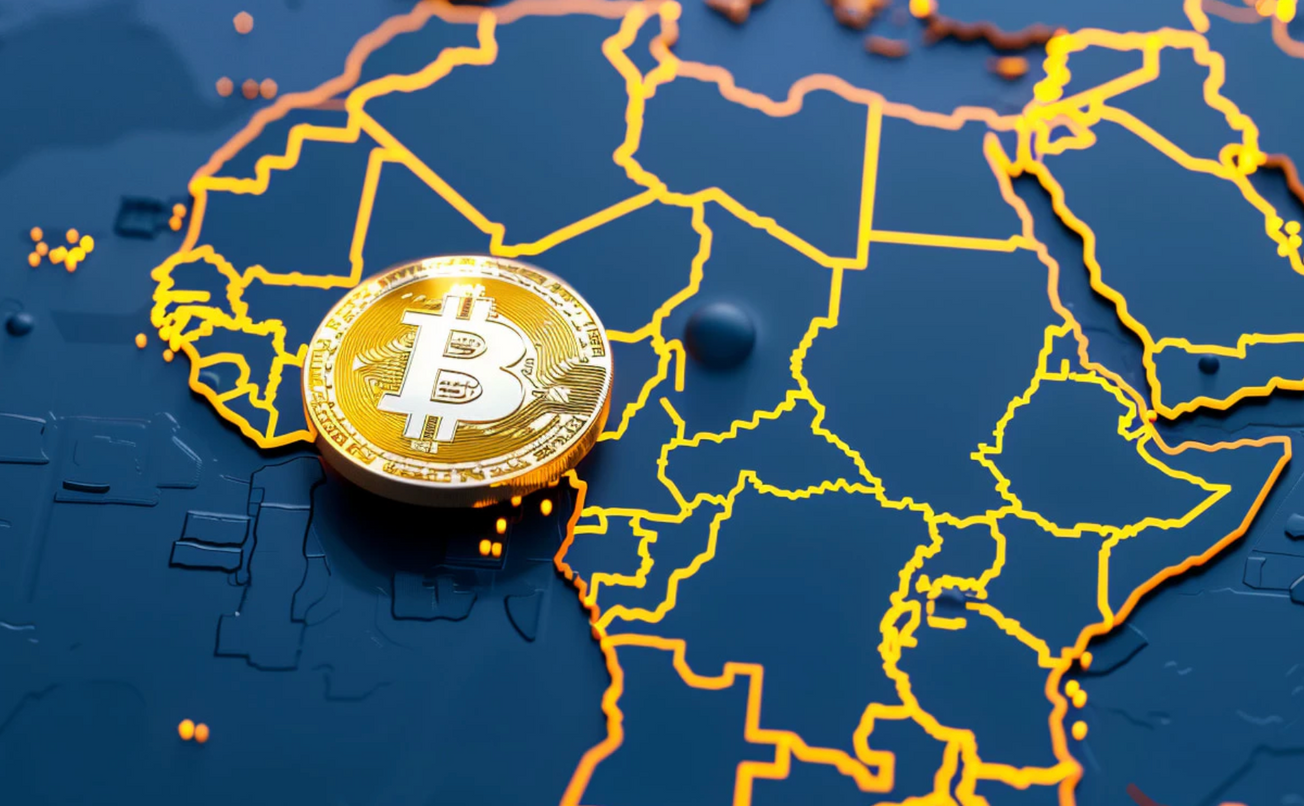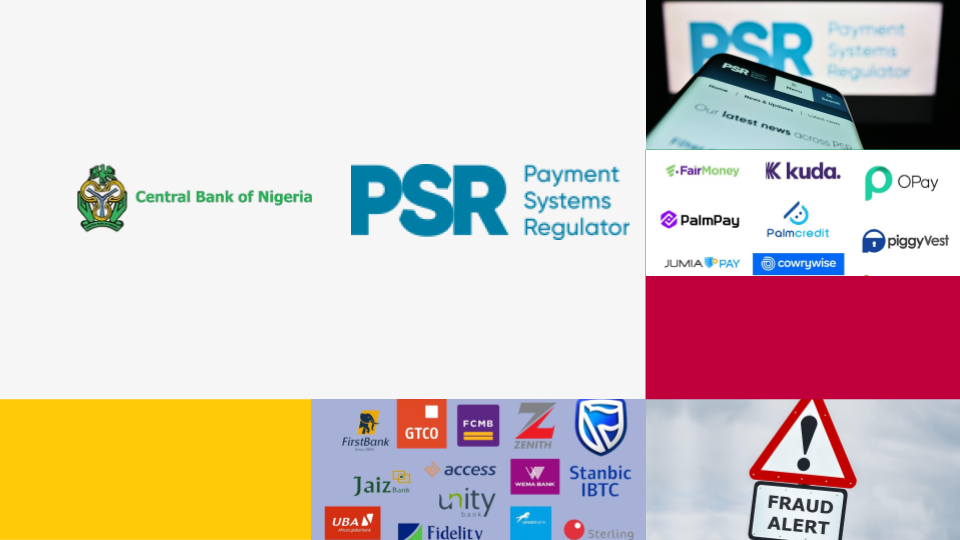In simple terms financial exclusion is when people are unable to access financial services such as credit, savings accounts, INSURANCE and other beneficial financial services because they are regarded to be too high risk.
Financial exclusion is a global challenge, and Nigeria is not left out with a financial exclusion rate of over 40%. It is high compared to other African countries.
Since 2012, the Nigerian government has continuously mapped out strategies to increase financial inclusion in the country. This has created massive opportunities in areas such as fintech, the intersection of technology and traditional or legacy banking.
It is beyond doubt that access to basic financial services is critical for reducing poverty and promoting economic growth. Hopefully, the country achieves its target of 95% financial inclusion rate by 2024.
In this article, I point out some reasons behind Nigeria’s financial exclusion rate:
1. High poverty rate
As stated in the Poverty and Inequality report in Nigeria (2019) released by the National Bureau of Statistics, 40 percent of the total population, or almost 83 million Nigerians are poor. It is assumed that low income is directly related to people who are completely financially excluded. Hence, they cannot afford to own a bank account. This assumption has made providers of financial products/ services view these people as less desirable, thereby excluding them from gaining access.
One of the negative effects of financial exclusion is that the poverty rate continues to increase, therefore making it extremely difficult for individuals to break out of poverty. For example, a local trader who needs a loan to expand his/her business is unable to access loans because of a lack of credit history.
Currently, there are several Fintechs in consumer lending. However, they’re yet to scratch the surface.
2. Regulators and Policies
Unlike Kenya, Nigeria pushed for a bank-led financial inclusion model. The country’s Mobile Banking Act (2009) prevented mobile operators from receiving deposits or converting airtime to funds for transfer. Considering that Nigeria has low levels of banking system reach and high mobile phone penetration (according to Stears, Nigeria has the 7th highest number of mobile phone users in the world), implementing a Mobile money transfer service earlier would have increased the financial inclusion rate.
In 2018, the Central Bank of Nigeria proposed Payment Service Banks (PSB) as one of the approaches to enhance access to financial services for the unbanked rural segments. Interesting to know is that there are limitations to the service(s) they provide. Last year, CBN granted licenses to three PSBs- Hope PSB, Moneymaster PSB and 9 PSB.
I like to think that MTN will transform Mobile Money operations in Nigeria if granted a license.
3. Environment
Nigeria hasn’t created an enabling for promoting financial inclusion. Research has shown that the financial exclusion rate is highest in Northern Nigeria and rural parts of the country, and this is because inhabitants lack easy access to a physical point of financial service. They have to journey for hours to the nearest town to access financial service(s).
The growth of agent banking is transforming the experience of dwellers in rural and urban areas alike. The pandemic has also amplified the growth of agent banking. According to data from the Nigeria Inter-Bank Settlement System (NIBSS), in 2020, Nigerian merchants and mobile money operators processed over 655 million point of sale (POS) transactions valued at ₦4.7 trillion ($13 billion) up from N3.20 trillion in 2019.
Sadly, the high cost of transactions has deterred some individuals from using this service. Instead, they prefer to walk a long distance and wait in a long queue to access the nearest ATM.
4. Lack of personalized products for customers
For a long time, there was a lack of financial services for people who didn’t fit a mainstream financial profile. Difficulty to access credits, micro-insurance and pensions, savings plan, etc stop individuals who want to access financial services from getting them. This makes it extremely difficult to improve their financial profile and financially include them.
The contribution of financial technology companies like TeamApt who has commenced plans to provide consumer focused services whilst relying on its growing network of mobile money agents; will further address the financial inclusion gap in the country.
It’s time to truly serve the underserved.


